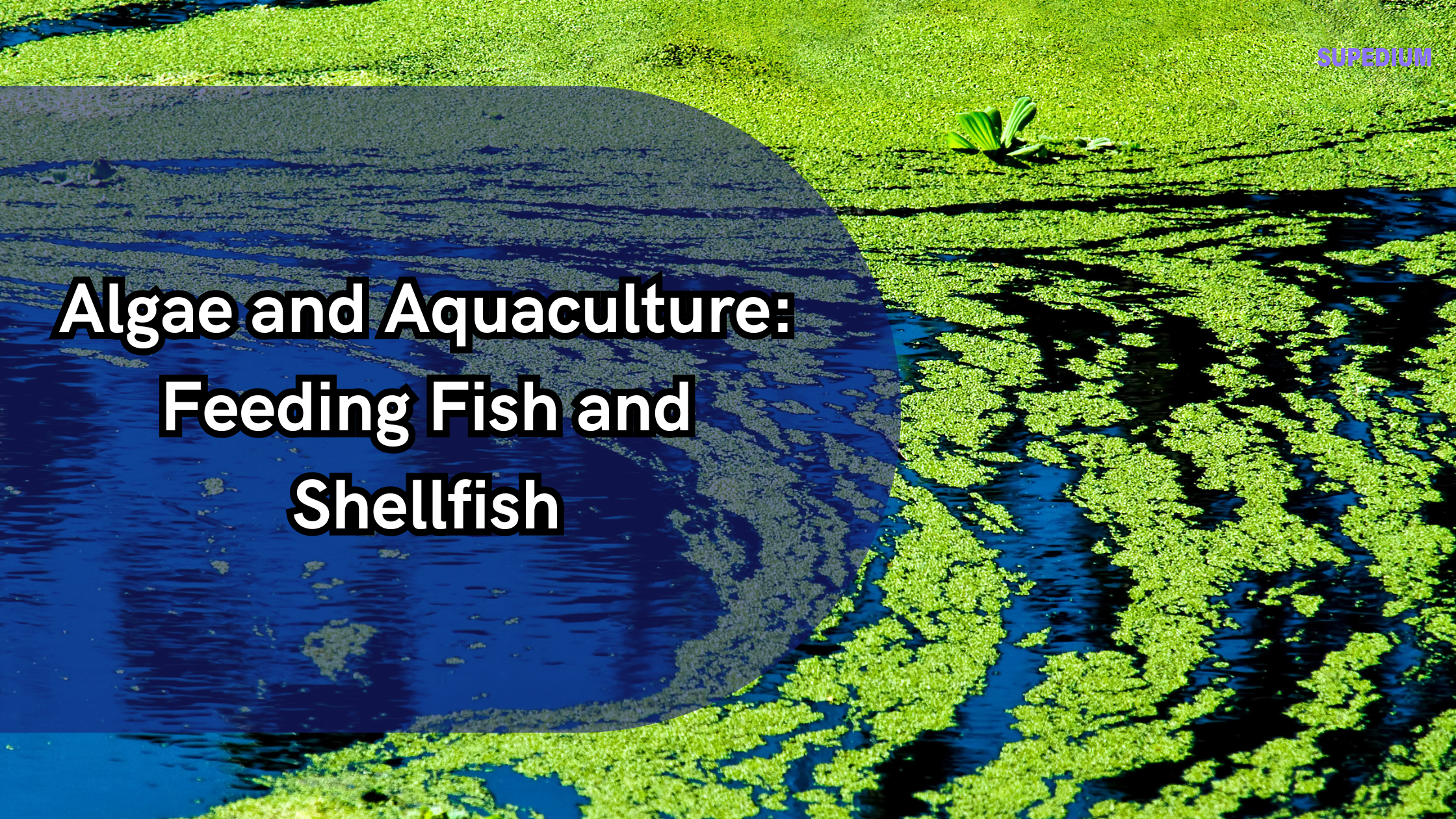Table of Contents
![]()
The drive reduction theory of inspiration became popular 1940s and 1950s as a means to explain motivation, learning, and behaviour. The theory was made by behaviourist Clark Hull and further developed by his collaborator Kenneth Spence. According to the concept, the reduction of drives is the principal force behind motivation.
While the concept of motivation was a dominant Today force in psychology, it’s largely ignored. It’s worthwhile for students to find out more about the thoughts of Hull to determine other theorists responded by proposing their notions and to be able to understand.
Summary of Hull’s Theory
Hull was one of the first theorist’s theories designed to explain all behaviour. He began developing his concept shortly after he started working at Yale University, drawing on ideas from a variety of different leaders such as Charles Darwin, Ivan Pavlov, John. B. Watson, and Edward L. Thorndike.
Hull-based his theory on the Notion of homeostasis, The concept that the body works to keep a state of equilibrium or balance. By way of instance, your body regulates its temperature to be able to make certain you don’t become too cold or too hot. Hull believed that behaviour was one of the ways an organism maintains this balance.
According to this thought, Hull suggested that motivation arises a Result of these biological demands. In his concept, Hull used the expression induce to refer to the condition of tension or stimulation brought on by physiological or biological needs. Hunger, thirst, and the need for heat are all examples of drives. A driveway creates a tension that has to be reduced, an condition.
To reduce this state of anxiety, animals and humans seek out Strategies needs. We get a drink when we are thirsty. When we’re hungry, we eat. When we are cold the thermostat turns up. He suggested that animals and people will replicate.
Conditioning and Reinforcement
Hull is considered a thinker, but like another behaviourist, he believed that human behaviour could be explained by reinforcement and conditioning. The decrease in the drive functions as a psychologist for this behaviour. The probability increases that the behaviour will occur in the future when the need arises. To be able to live in its environment, an organism has to act.
“When survival is in peril, the organism is in a state of demand (if the biological requirements for survival aren’t being met) so the organism behaves in a way to decrease that need,” Hull explained.
In a stimulus-response (S-R) relationship, Once the stimulus and A decline in the need follow response, the likelihood increases that the stimulus will elicit the same response again.
Hull’s Mathematical Deductive Theory of Behavior
Hull’s goal was to develop a theory of learning which could be Expressed mathematically, to make a”formula” to describe and understand human behaviour.
Mathematical Deductive Theory of Behavior
sEr = V x D x K x J x sHr – sIr – Ir – sOr – sLr
- SEr: Excitatory possible, or the likelihood that an organism will produce a response (r) to a stimulus (s)
- V: Stimulus intensity dynamism, meaning a few stimulations will have greater consequences than others D: Push power, determined by the amount of biological deprivation
- K: Incentive motivation, or the size or magnitude of the target
- J: The delay before the organism is allowed to seek a psychologist
- sHr: Habit strength, established by the amount of previous conditioning
- slr: Conditioned inhibition, due to previous lack of reinforcement
- lr: Reactive inhibition, or tiredness
- sOr: Random error
- sLr: Reaction threshold, or the smallest amount of reinforcement which will produce learning
The approach of the hull was seen by many yet at the same time, critics suggested that concept failed to explain human motivation. His work did influence the future and psychology concepts of motivation.
Contemporary Views and Criticisms
While the concept of Hull was popular during the middle part of the 20th Century, it started to fall from favour for a variety of reasons. Due to his emphasis on measuring his factors his concept lacks. However, his focus on rigorous experimental procedures and scientific methods did have a significant influence in the area of psychology.
Among the biggest problems with Hull’s drive reduction theory is that it does not account for how secondary reinforcers reduce drives. Unlike drives like thirst and hunger, reinforcers do nothing to reduce biological and physiological demands. Take the money. It does nothing in and of itself to decrease drives while money does let you buy reinforcers. Nevertheless, money functions as a source of reinforcement.
Another criticism of this drive reduction theory of learning is That it doesn’t explain why people engage. By way of instance, when they are not thirsty, we eat when they are not hungry or drink. Sometimes, people take part in actions that raise tension like sky-diving or bungee jumping. Would people find activities that do nothing to meet requirements that are biological and that set them? Theory can’t account for these behaviours.
Effects on Afterwards Research
While the concept of Hull has fallen out of favour it Is worthwhile to comprehend the impact it had on other psychologists of the time and it helped contribute to study in psychology.
To understand it is important for students to grasp the fundamentals of the theory of Hull. For Example, lots of the motivational theories That arose during the 1950s and 1960s were based on Hull’s Theory that is original or was focused on providing alternatives drive-reduction theory. One great example is Abraham Maslow’s famous hierarchy of needs, which emerged as an alternative to Hull’s approach.
Share This




Be the first to comment